The C-Class and how it keeps passengers comfortable.
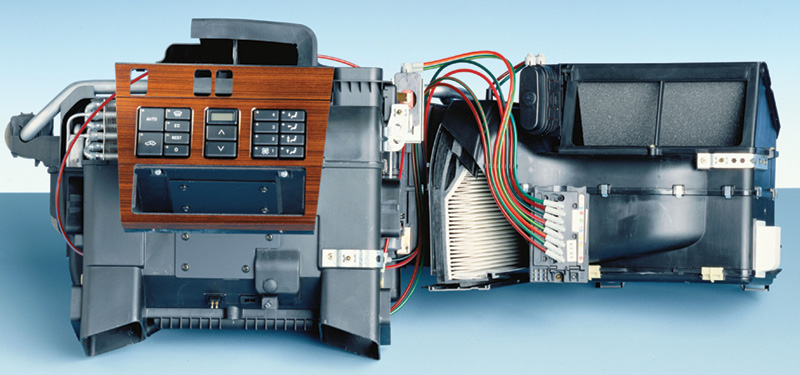
Slightly smaller and slightly simpler than some Mercedes-Benz systems, the 202 climate control nonetheless includes everything to do the job. The control unit behind the pushbutton plate, the boxes for the heater core and A/C evaporator, the ductwork, vacuum motors and lines to work the blend doors and finally, a dust filter.
There are many similarities from one Mercedes-Benz climate control system to another, but it can be useful to look in detail at one of the more common, as that’s one you’re more likely to see. The Model 202 C-Class was built between 1994 and 2000 and, by Mercedes-Benz standards, in relatively large numbers.
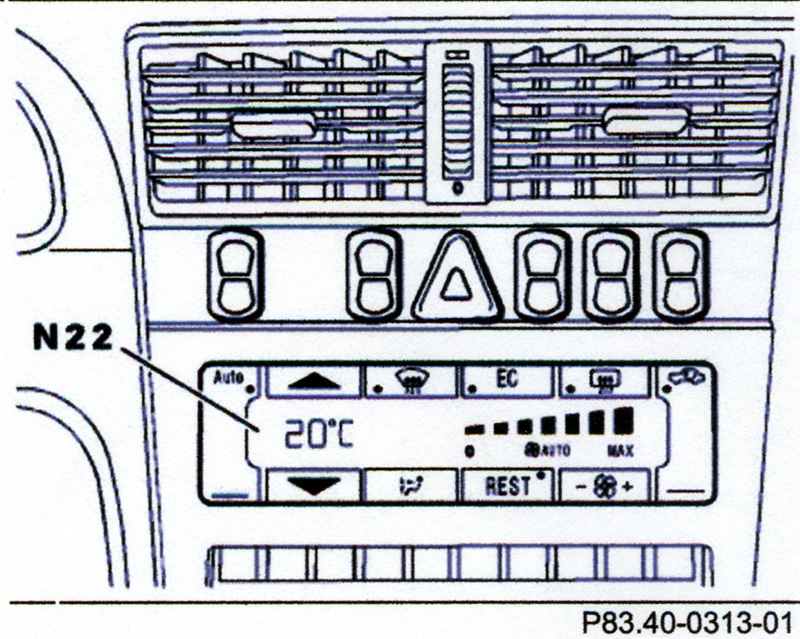 Neither the car nor the climate control system is the most complex of the company’s products. The 202 HVAC, however, can keep its owners as comfortable as almost any automotive heating and cooling system. About the only climate-system luxury it lacks is a separate temperature selector for each front-seat passenger.
Neither the car nor the climate control system is the most complex of the company’s products. The 202 HVAC, however, can keep its owners as comfortable as almost any automotive heating and cooling system. About the only climate-system luxury it lacks is a separate temperature selector for each front-seat passenger.
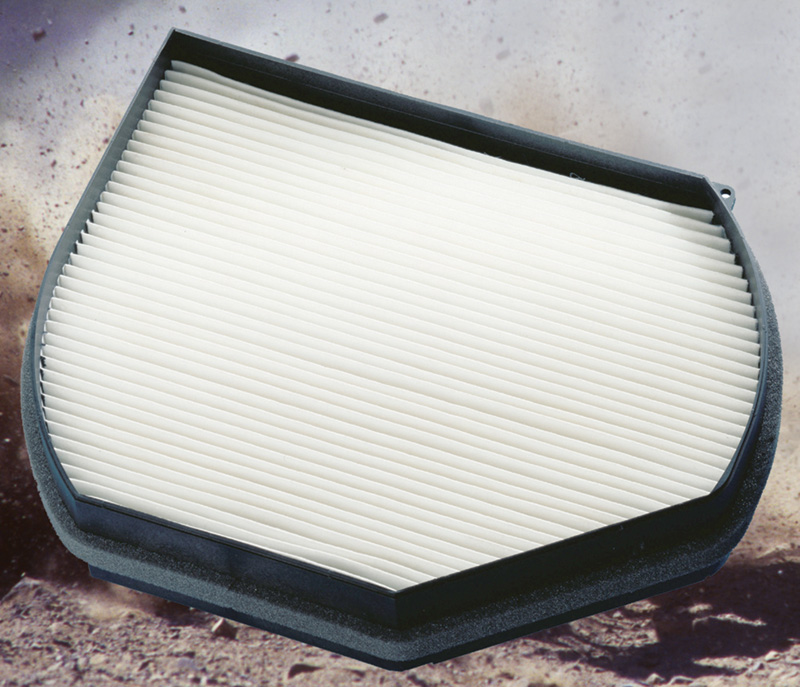 Like other Mercedes-Benz climate control systems, the 202’s is fully automatic. The driver sets the desired temperature, and the car engages either the heater or the air conditioner to realize that temperature inside the car. Given normal comfort settings, this means the air conditioner starts as soon as the engine is running smoothly or the heater begins blowing warm air as soon as the engine coolant temperature rises to a range at which it can contribute something. If you’re familiar with how automatic climate controls worked in older vehicles, like the 190, the 124 or the 126, there aren’t many surprises waiting for you in the 202.
Like other Mercedes-Benz climate control systems, the 202’s is fully automatic. The driver sets the desired temperature, and the car engages either the heater or the air conditioner to realize that temperature inside the car. Given normal comfort settings, this means the air conditioner starts as soon as the engine is running smoothly or the heater begins blowing warm air as soon as the engine coolant temperature rises to a range at which it can contribute something. If you’re familiar with how automatic climate controls worked in older vehicles, like the 190, the 124 or the 126, there aren’t many surprises waiting for you in the 202.
This time of year, air conditioning is likely to be more on your mind than heating or defrosting, but the system is not so distinct. Defrost, for instance, toggles both heat and the air conditioning on, to insure the driest and hottest air possible blown across the windshield. The system will do this regardless of climate control setting when the defrost button is pushed. This arrangement is not unique to the 202, nor is it for that matter to Mercedes-Benz. Given that safety considerations come first, the defrost mode must use every possible measure to dry and clear the windshield. Both air conditioning and heat are humidity-reducing functions, the first by condensing moisture out and the second by raising the capacity of the air to absorb moisture in solution. Thus both come on simultaneously.

The filter comes out through the passenger side footwell. Remove the access panel and pull out the old one. This cabin filter does not use an evacuated bead to seal the edges of the filter, as was true on some other models. That means it’s easy to remove and replace. Some cars have a charcoal-element filter; some do not. The two types are not interchangeable.
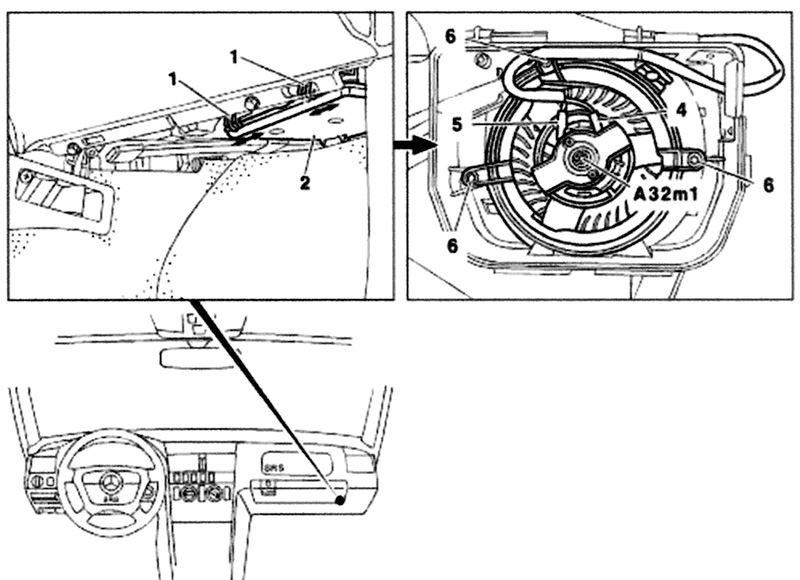 Clearing the Air
Clearing the Air
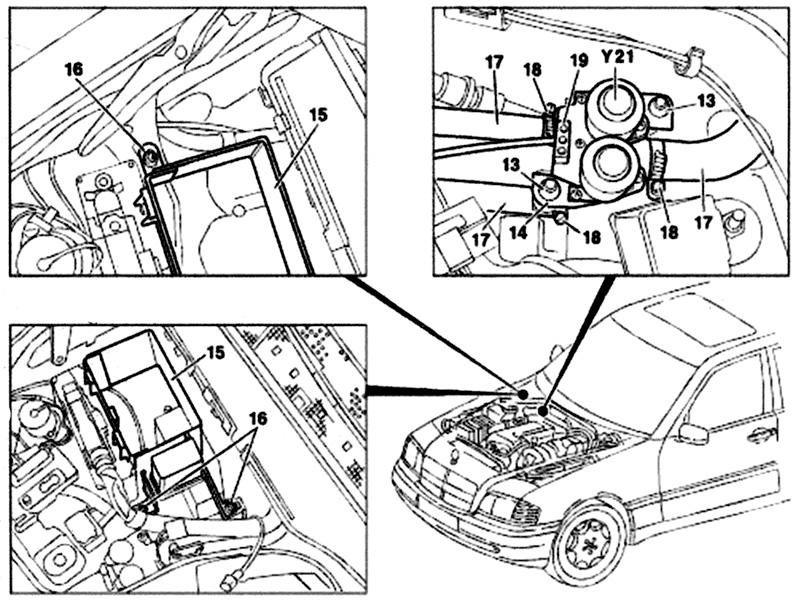 Almost the first element of the climate control system the incoming air encounters, whether the system is heating or air conditioning, is the dust filter. This is a relatively new component in cars (not just in the 202) and one that many car owners are not aware of in the car. Not being aware of it, they also are often not aware that it requires periodic replacement, like any filter. There is no set interval since there is no set amount of dust and pollen a driver will drive through, but checking at least once a year is a reasonable precaution, more often where there’s lots of airborne material. At the beginning of air conditioning season is a good opportunity, since the heat and humidity of summer are the conditions most likely to encourage growth of any mold on the element. A sufficiently clogged dust filter, naturally, could restrict the ventilation quantity in a noticeable way, even without any adverse odor.
Almost the first element of the climate control system the incoming air encounters, whether the system is heating or air conditioning, is the dust filter. This is a relatively new component in cars (not just in the 202) and one that many car owners are not aware of in the car. Not being aware of it, they also are often not aware that it requires periodic replacement, like any filter. There is no set interval since there is no set amount of dust and pollen a driver will drive through, but checking at least once a year is a reasonable precaution, more often where there’s lots of airborne material. At the beginning of air conditioning season is a good opportunity, since the heat and humidity of summer are the conditions most likely to encourage growth of any mold on the element. A sufficiently clogged dust filter, naturally, could restrict the ventilation quantity in a noticeable way, even without any adverse odor.
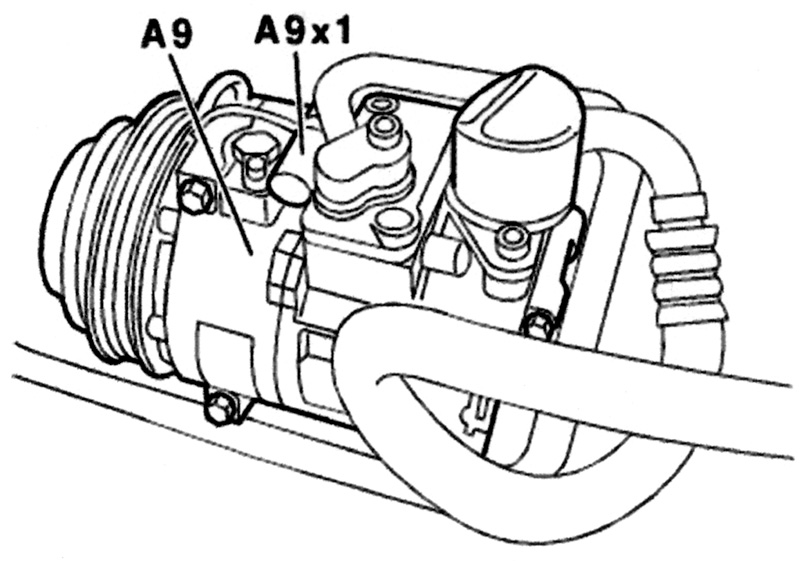 Just ‘upwind’ of the filter is the hood inlet drawing ventilation air in. One aspect of this requiring occasional inspection is the water separator and drain system just below the windshield wipers. Ordinarily, water and relatively small grit will just wash down through the trough and pipe to the pavement, but if there are many leaves, insect parts or other such debris in the air locally, it is possible to clog the drain and allow water to remain. This could possibly allow moisture into the ventilation intake.
Just ‘upwind’ of the filter is the hood inlet drawing ventilation air in. One aspect of this requiring occasional inspection is the water separator and drain system just below the windshield wipers. Ordinarily, water and relatively small grit will just wash down through the trough and pipe to the pavement, but if there are many leaves, insect parts or other such debris in the air locally, it is possible to clog the drain and allow water to remain. This could possibly allow moisture into the ventilation intake.
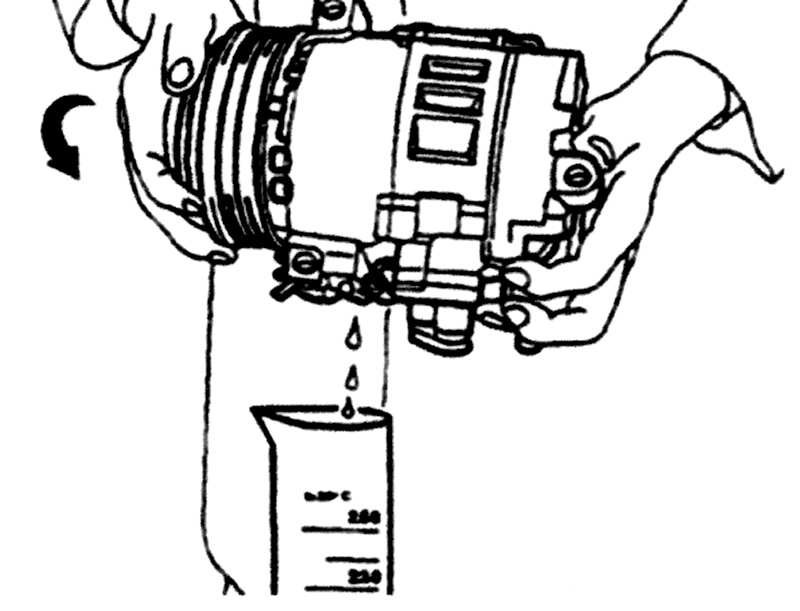 It’s fairly easy to remove the lower panel under the passenger-side instrument panel and replace the heater blower. Be careful doing this, however. In particular, don’t replace the blower merely because there is audible noise coming from it. Possibly the bearings have worn out after many years’ service, but these are very long-lived components – it’s more likely the blower has gotten louder because of debris reducing airflow, just as a vacuum cleaner gets louder if you cap off the hose with the palm of your hand. A slight piece of debris in the squirrel cage could also produce noise by unbalancing the cylindrical fan and introducing a slight wobble. By the way, don’t ‘test’ the blower by jumpering it with a straight 12 volts; the system never uses that much to run the blower. It usually runs between 4 and 6 volts, with system voltage reduced through the series-resistor block.
It’s fairly easy to remove the lower panel under the passenger-side instrument panel and replace the heater blower. Be careful doing this, however. In particular, don’t replace the blower merely because there is audible noise coming from it. Possibly the bearings have worn out after many years’ service, but these are very long-lived components – it’s more likely the blower has gotten louder because of debris reducing airflow, just as a vacuum cleaner gets louder if you cap off the hose with the palm of your hand. A slight piece of debris in the squirrel cage could also produce noise by unbalancing the cylindrical fan and introducing a slight wobble. By the way, don’t ‘test’ the blower by jumpering it with a straight 12 volts; the system never uses that much to run the blower. It usually runs between 4 and 6 volts, with system voltage reduced through the series-resistor block.
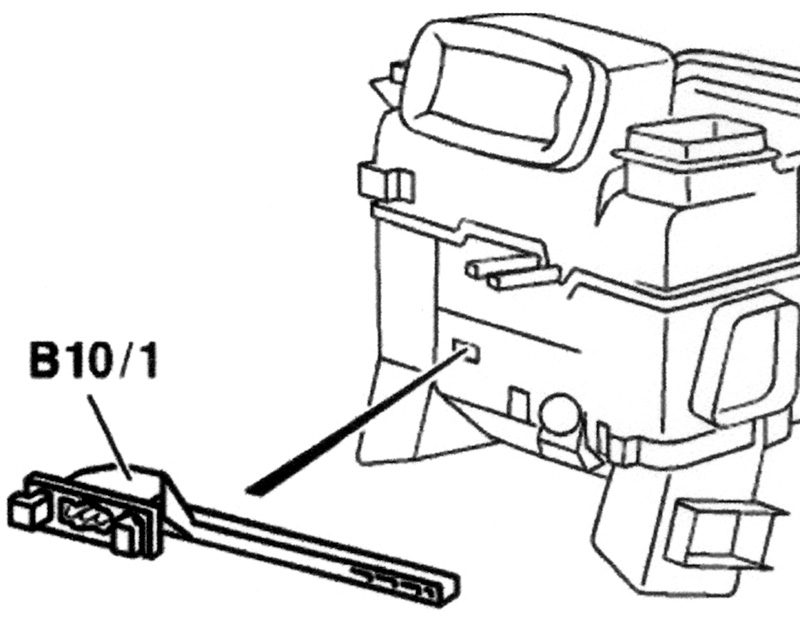 The air conditioning compressor includes an rpm sensor to enable the MAS control unit to toggle the compressor off should the drive belt slip, as indicated by a change in the ratio of compressor to crankshaft speed. Because the system makes very efficient use of the modest amount of refrigerant, it is critical to measure the amount of oil in the system precisely if the compressor is replaced. Neither an excess nor a shortage of air conditioning oil is compatible with proper functioning of the climate-control system.
The air conditioning compressor includes an rpm sensor to enable the MAS control unit to toggle the compressor off should the drive belt slip, as indicated by a change in the ratio of compressor to crankshaft speed. Because the system makes very efficient use of the modest amount of refrigerant, it is critical to measure the amount of oil in the system precisely if the compressor is replaced. Neither an excess nor a shortage of air conditioning oil is compatible with proper functioning of the climate-control system.
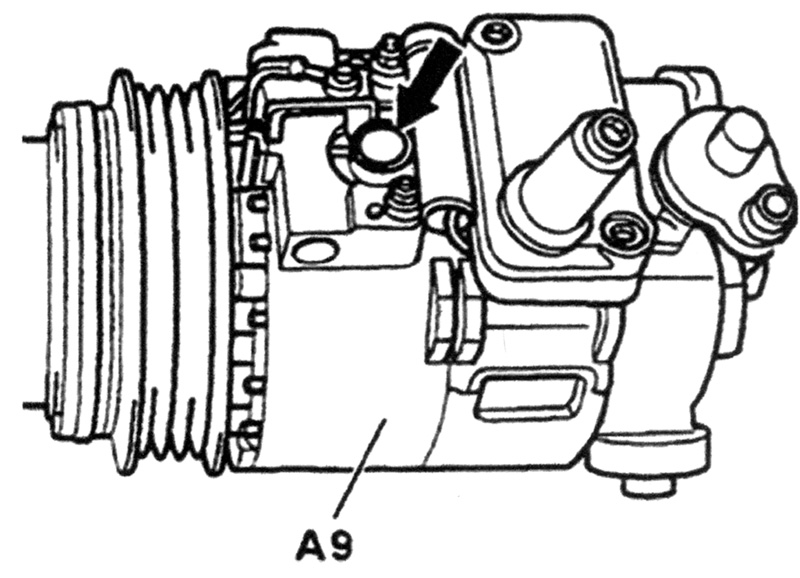 Sometimes problems with the entire climate control system arise from the simplest of causes. Like most Mercedes-Benz heating and cooling systems, the mechanism in the 202 employs a cabin temperature sensor in the overhead compartment. A very small fan draws air through the louvers at that sensor anytime the car is running. The test for that fan is amazingly low-tech: take a small shred of paper and hold it against the louvers while the engine runs. If the fan is working, the paper will stay against the grate. If not, the paper will fall away.
Sometimes problems with the entire climate control system arise from the simplest of causes. Like most Mercedes-Benz heating and cooling systems, the mechanism in the 202 employs a cabin temperature sensor in the overhead compartment. A very small fan draws air through the louvers at that sensor anytime the car is running. The test for that fan is amazingly low-tech: take a small shred of paper and hold it against the louvers while the engine runs. If the fan is working, the paper will stay against the grate. If not, the paper will fall away.
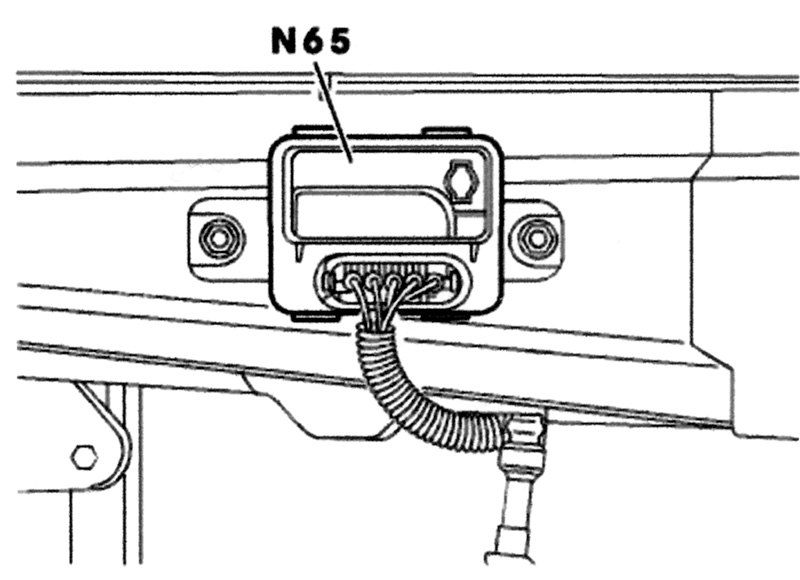 Anytime you open up the refrigerant side of the air conditioning system, there are two precautions to observe. Oil for the system, like air conditioning oils for previous refrigerants, is hygroscopic, so it will draw moisture from the air, even from air that seems entirely dry to you in the shop. Once in the refrigerant passages, of course, that could quickly produce rust, and there’s hardly a worse place for rust in the car. Be sure to cap any open pipe securely right away, or flush the system if it remains open for any length of time. When in doubt, evacuate the system again.
Anytime you open up the refrigerant side of the air conditioning system, there are two precautions to observe. Oil for the system, like air conditioning oils for previous refrigerants, is hygroscopic, so it will draw moisture from the air, even from air that seems entirely dry to you in the shop. Once in the refrigerant passages, of course, that could quickly produce rust, and there’s hardly a worse place for rust in the car. Be sure to cap any open pipe securely right away, or flush the system if it remains open for any length of time. When in doubt, evacuate the system again.
Second, it’s almost always a good practice to replace the receiver/drier when you open the refrigerant side, just to be safe. Besides its function as a moisture absorber, the receiver/drier is also a filter that can catch most bits of debris that may work loose in the system. Otherwise, they could just cycle through the compressor, expansion valve and heat exchangers over and over until they found the most inconvenient and expensive place to lodge.
Finally, it sometimes happens that the windows fog and stay partly fogged, even when you push the defroster button. The first place to check with such a problem (after you’re sure there’s no sodden mass of wet leaves at the base of the windshield) is the switchover valve and linkage working the fresh/recirculate door, all of it in the same passenger-side area where the blower motor resides. There is a small hook working the door that may have broken or may have disengaged from the vacuum motor.
Keeping Cool, Keeping Warm
The now-discontinued Model 202 Benz can nonetheless keep its driver and passengers at a reasonable temperature in the passenger compartment, regardless of the outside climate. Follow standard diagnostic and maintenance techniques, and you can keep your customers happy and their cars comfortable.
Whenever you find the temperature control system doing something unfamiliar, it’s worth your while to review what the system is supposed to do with the controls in a given position. Don’t be embarrassed to look in the owner’s manual to determine that. That little booklet can be a surprising source of good diagnostic information.



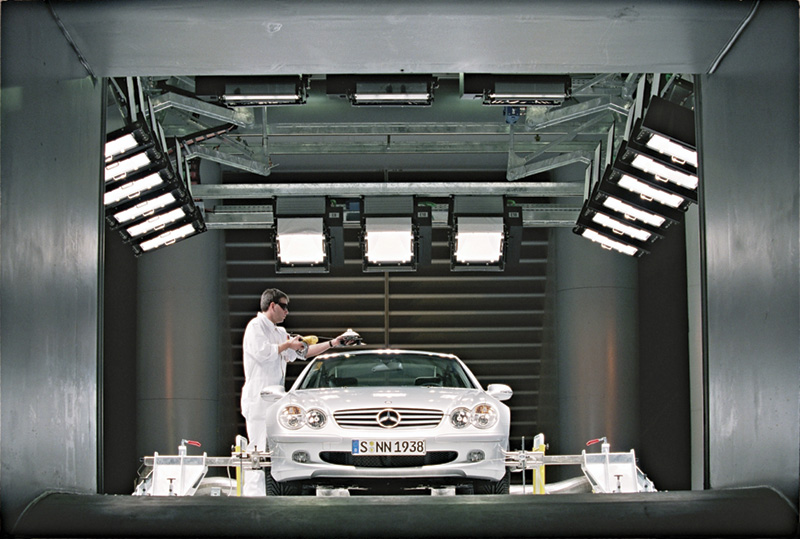
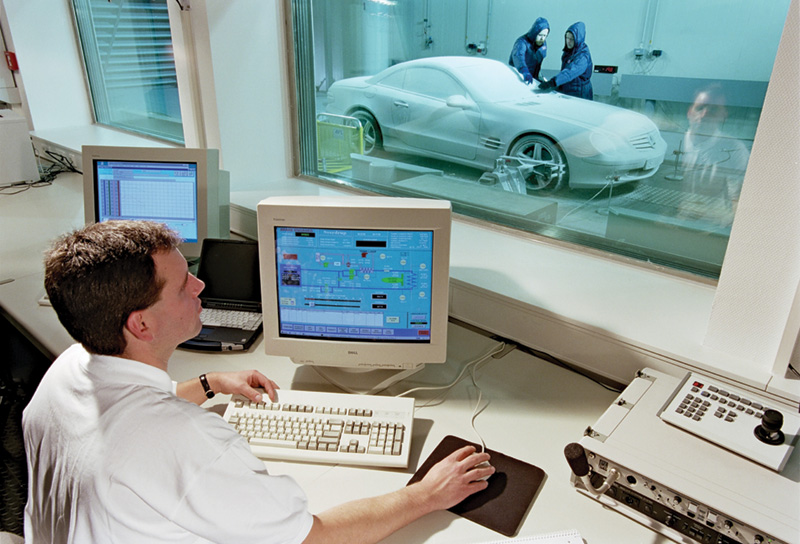
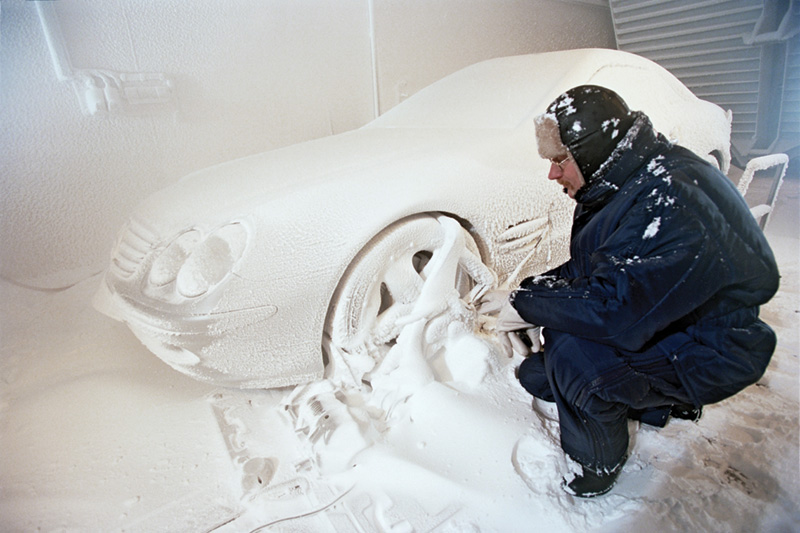




0 Comments